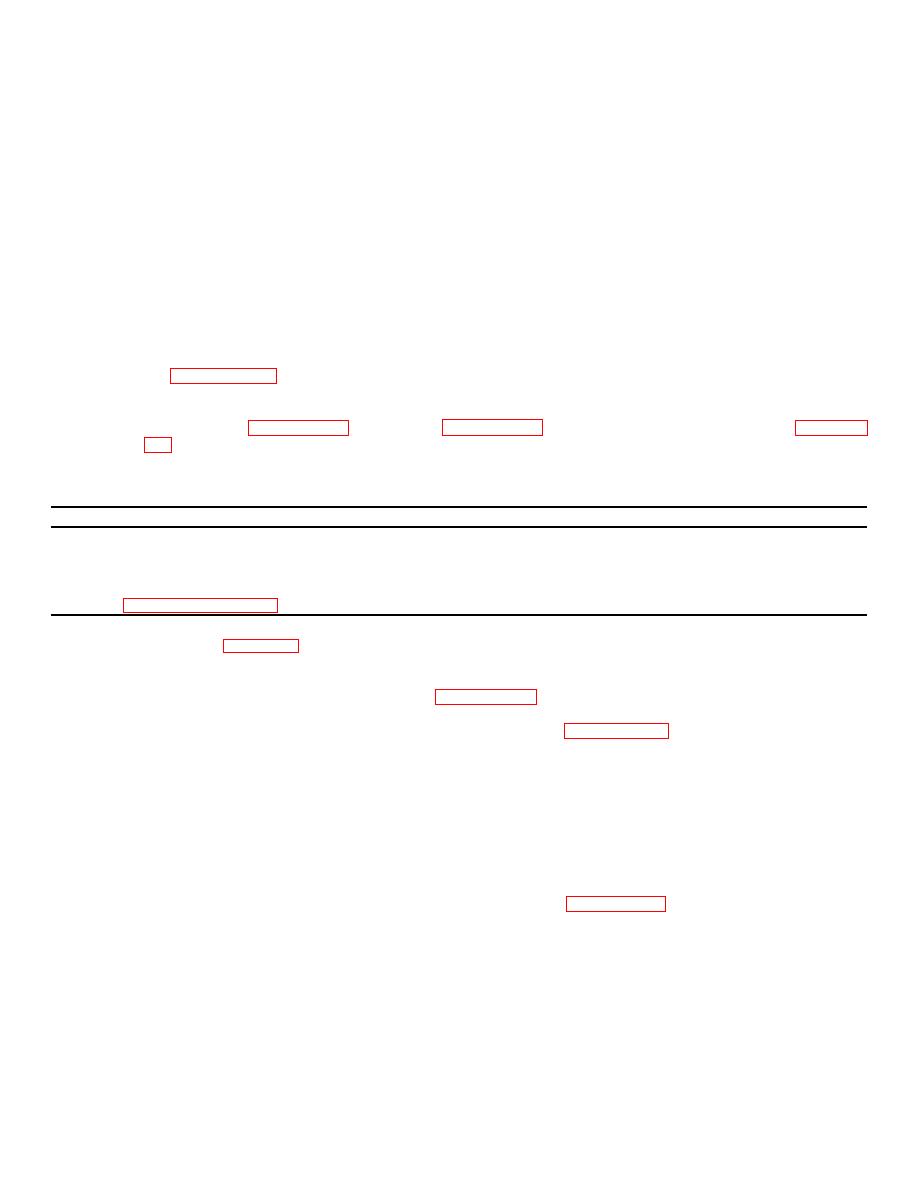
TM 9-4120-411-14
(d) Open refrigerant cylinder valve and pressurize system to 40-50 psi (2.8-3.5 kg/cm2).
(e) Close service manifold valves and refrigerant cylinder valve.
(f) Disconnect charge hose from the refrigerant cylinder and connect it to a nitrogen regulator and
nitrogen cylinder.
(g) Open the service manifold compound gage, pressure gage, and charge valves.
(h) Open nitrogen cylinder valve and pressurize system to 350 psi (24.7 kg/cm2).
(4) Test for leaks at all points of possible leakage using a refrigerant gas leak detector. If a leak is found, take
necessary steps to replace damaged components or repair leak.
(5) If no leak was found and refrigerant only was used to pressurize the system, check refrigeration unit charge
per paragraph 5.10.
(6) If no leak was found and nitrogen was used to pressurize the system, remove and recover system
refrigerant per paragraph 5.4, evacuate per paragraph 5.8, and charge the refrigeration unit per paragraph
5.8
EVACUATING THE REFRIGERANT SYSTEM.
THIS TASK COVERS
a. Evacuate
Initial Setup:
Tools
Refrigeration Unit Service Tool Kit
Item 2, Section III, Appendix B
a. Evacuate . See figure 5-5. The refrigeration system must be evacuated to remove all moisture and non-
condensables before it is charged.
(1) Remove and recover system refrigerant per paragraph 5.4.
(2) Check that new filter- drier was installed. If not, install one per paragraph 5.16.
(3) Check that service manifold charge valve is closed.
(4) Connect the vacuum hose to vacuum pump and start pump.
(5) Open service manifold high pressure gage, compo und gage, and vacuum valves.
(6) Run vacuum pump until at least 29 inches of mercury is measured on compound gage. Continue running
vacuum pump for one more hour, while observing the compound gage. If gage needle moves back and
forth, you have a leak which must be located and corrected per paragraph 5.7.
5-13

